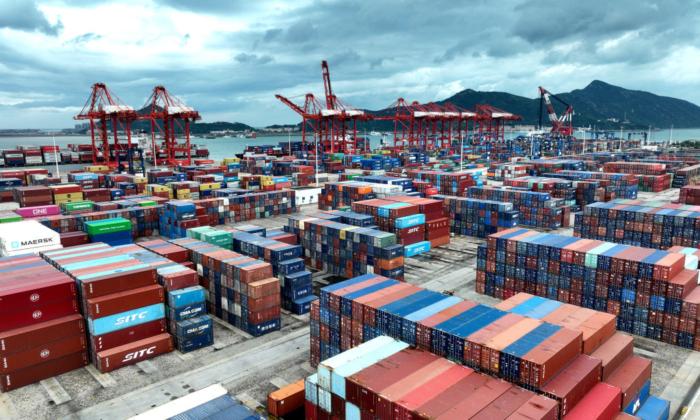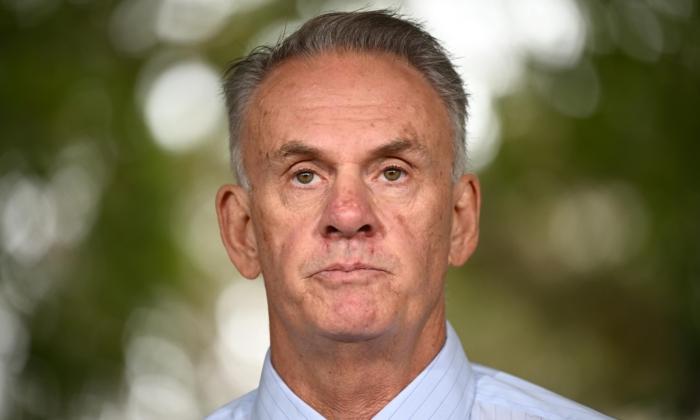Economic troubles in China could hit Australian jobs and growth.
The country’s largest trading partner has been suffering an economic slowdown in recent weeks, with deflation and exports falling and unemployment rising.
Treasurer Jim Chalmers said the slump in China’s economy painted a worrying picture.
“A lot of economists around the world are concerned about the Chinese economy right now, and ... I share that concern,” Chalmers told ABC Radio on Aug. 25.
“What we’re seeing ... is a very different combination of challenges compared with most of the rest of the world.”
The treasurer said a weak retail sector in China, along with property sector concerns and local government debt were issues for the superpower.
“All of those things together paint a pretty concerning picture,” Chalmers said.
“We monitor these developments very closely, as you would expect, because in our economy ... the two things that will probably matter most to that trajectory will be developments in China but also the impact of these (interest) rate rises which are in the system.”
Trade with China represents about one-third of all Australian exports.
Exports with China have recently been buoyed by developments where tariffs on Australian barley have been lifted after three years.
It’s hoped tariffs on other products subject to trade bans, such as wine and lobster, will also be lifted.
Asked about the potential for a recession, Chalmers said it was expected the Australian economy would continue to grow, despite the impact of China and domestic interest rate rises.
A recession is defined as two consecutive quarters of negative economic growth.
“The Treasury forecasts are for continued growth but really quite flat growth,” Chalmers said.
ANZ economists said they expected real GDP growth of 0.2 percent for the second quarter, or 1.7 percent over the year.
Figures to be released next week will give some indication of how damaging the 400 points of domestic interest rate rises since May last year have been for the economy.
Retail sales data on Aug. 28 is expected to show modest growth after a 0.8 percent fall in June.
A small gain in construction work done is anticipated in quarterly figures to be released on Aug. 30.
ANZ economists expect the monthly consumer price index to be issued on Aug. 30 to show a 0.8 percent lift, largely driven by power prices.
Incoming Reserve Bank of Australia governor Michele Bullock will also shed light on the state of the economy when she delivers a speech in Canberra on Aug. 29.







